
Motivation is a critical factor in reading achievement. Parents and teachers have the power to motivate kids and help them discover the joy of reading. We are like superheroes with special powers to find what works for each of our children and our students. So often, we fail to give ourselves credit for the little things we do and can do. What we do can inspire or discourage our kids to read. Our children know what is important to us and even if they resist and act like we know nothing, they all have a desire to please us.
Since we are in charge of their time, we have the ability to guide them with modeling, small discussions, and with strategic purchases. We have the ability to take them to the library where they can be immersed with literature. Keeping a supply of reading materials, whether it’s the latest title from a favorite author, a current magazine, or a comic book, on hand in reading places is something we can do. We know our children better than anyone else if we just watch and learn them. Let’s talk about reading motivation.
My Motivation for Building a Love of Reading
For the past few years, I’ve lived with what I’d call an as-needed reader, and it has been so aggravating to say the least. After all, I teach struggling readers every day and seem to help them enjoy reading. I find what works for them by getting to know them as readers and as people. Unfortunately, I just hadn’t figured out my own daughter’s niche or what would work for her. Matching reader to text is so important, right? Well, I am glad to say my as-needed reader has come back to being a voracious reader again, and so begins the topic of my post, Know Your Readers and What Motivates Them.
To know how to motivate, you have to know the type of reader you have and his/her interests. So here’s my take on reader types.
Motivation for All Reader Types
THE NONREADER
Description: This student has real reading challenges with print. He/she struggles to decode and lacks reading fluency, and therefore, this student hates to read period. They refuse books no…matter…what!
Motivation: This is the student that needs books on tape, a kindle with the read aloud option, or a reading partner to help them with on-grade level text. They need high interest, low level books such as graphic novels or books with picture support. They do not want to read “baby books”, so nonfiction at their level may be a good match since it looks older. This would be your tier 3 student who needs much more teacher time.
THE FAKE READER
Description: This student loves to make others think they are reading. They carry around books and pretend to read, but do nothing. This student is capable, but unmotivated and does not see the purpose in reading. During DEAR time, this is the social butterfly who avoids reading by talking, going to the bathroom, or abandoning books.
Motivation: This student needs accountability and teacher direction. Teachers can take this reader and convert him/her with a reading partner or by regular reading conferences. This student needs a reading log to record the page they are on each day and a teacher who will check it. If the student gets hooked on a book, you’ll be fine. Finding a great reading series for this student may be the ticket.
THE WORD CALLING READER
Description: This student reads fluently and will rip through books, but won’t remember a bit of it. He/she focuses on words only. This student may struggle with attention in class too.
Motivation: This student needs to buy in to the book he/she is reading. They need to be emotionally invested, and they need comprehension work to address the meaning. He/she benefits by keeping a journal or note-taking bookmarks with them as they read. In the classroom, this student would benefit from Close Reading procedures and work with text structures. Conferencing with this student, even briefly, may help them keep on task with what’s happening. For this student, reading a series may help off-load the need to “learn” new characters.
THE AS NEEDED READER
Description: This student reads only what is needed for school. He/she enjoys other things, and would not choose to read on his/her own. This student reads without issue, but just doesn’t enjoy it.
Motivation: Matching this reader to text is critical. This student *needs* to see the value of reading for fun, and to do that, book choice is the ticket. Books with a strong plot will help this kid *want* to read more. Great authors like Gary Paulsen, Anthony Horowitz, Gordan Korman, Kate DiCamillo, Sharon Creech, or Kathryn Lasky. Learn what this student does outside of school, and match the books to those interests. Set goals for this kid to reach. Some kids love bets or challenges. Group goals may work well too since many kids like watching the thermometer rise or reading pot fill.
THE VORACIOUS READER
Description: This kid just wants to be left alone. He/she wants to read what they want to read. He/she does not want your help, and they don’t need it. They learn despite the teacher and just need the teacher out of the way. He/she may resist required reading. This student hides his/her book in textbooks and always has a nose in a book during down time.
Motivation: With this student, motivation is not needed. This student needs the teacher to leave him/her alone. If a book is required, this student may need reminders to complete it because he/she will have multiple books going. Required reading won’t be first on this student’s list.
You have analyzed your students and feel like you know their interests. Now what??
Seven Ways to Motivate for All Readers
1. Make Time for Independent Reading
Set your room up with cozy reading nooks and schedule time for real reading. Reading is relaxing, so great times for DEAR time are after recess, before lunch, at the start of the day and end of the day, or the first ten minutes of class to help students transition. During this time, the teacher is sweeping the room and conferencing about what the kids are reading. Start at the top of your roll and work your way down to make sure you hit each kids during the week.
2. Set Reading Goals
With each student, setting goals for the month and tracking progress is important. Keep reading genres in mind too as students need to read a variety of texts. Encourage these, but be careful to not push it too much because the goal is to keep kids reading.
3. Build Reader/Teacher/Parent Relationships
Talk is huge. Discuss what your reader enjoys about their book and learn what they’re involved with. Research books that match those interests and have them available.
4. Use sites like Good Reads and Amazon to find what is popular
Once you know your reader, you can help them locate books with these sites. I love that Amazon recommends other books like what you’ve purchased or searched for. Good Reads is great for making lists of what you want to read next. Real readers have reading plans (Donalyn Miller), so once you’ve got a reader, help them make a list of what they want to read next. The great thing with Amazon is that you can look at the book to get a feel for it, buy it if you want to, or add it to your library list.
5. This is more for upper elementary/middle school…YA lit needs to be a little edgy and controversial because kids at this age want to talk about the issues
Keep this in mind, and try to get over it. I’m not saying anything goes here. We, as parents and teachers, do need to keep on top of the content to make sure it is appropriate for our age group, but we also need to understand where our kids are and what they can handle.
YA lit is for ages 12-18, and what’s appropriate for an 18 year old is not for a 12 year old. Using sites that offer reviews or talking to librarians will help give you an idea about the books, but if you are unsure, read the book with your child/student. As a teacher, I would recommend reading the book with your child because then you can talk about it (if your child wants to).
6. Give kids time to talk about what they’re reading with each other
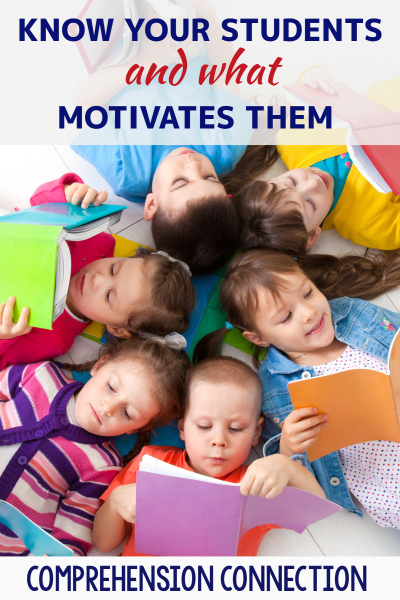
Let the kids have a space in the classroom to recommend books to each other. A “graffiti wall” is a great idea. Having a book talk time each week allows kids the opportunity to share briefly a snapshot of the book and helps the kids learn about new authors. It also weaves in accountability (You can not talk about what you haven’t read.)
7. Use read aloud time to introduce books to kids
Share the introductions to books or exciting scenes as mentor texts for writing lessons or comprehension lessons to help expose kids to new books. Reading aloud to kids is important too for building vocabulary and to help struggling readers get access to great literature. Choose a variety of genres and authors to mix it up too.
Need more ideas? Check out these links:
- Teaching Strategies that Improve Student Motivation
- Using Technology to Spark Motivation with Your Readers
- One Teaching Strategy That Every Teacher Should Use
Clearly, I enjoy discussing this topic. Motivation has a HUGE impact on children’s reading success. I hope these ideas will provide you with ways you can motivate either your little one at home or your kids in schools.








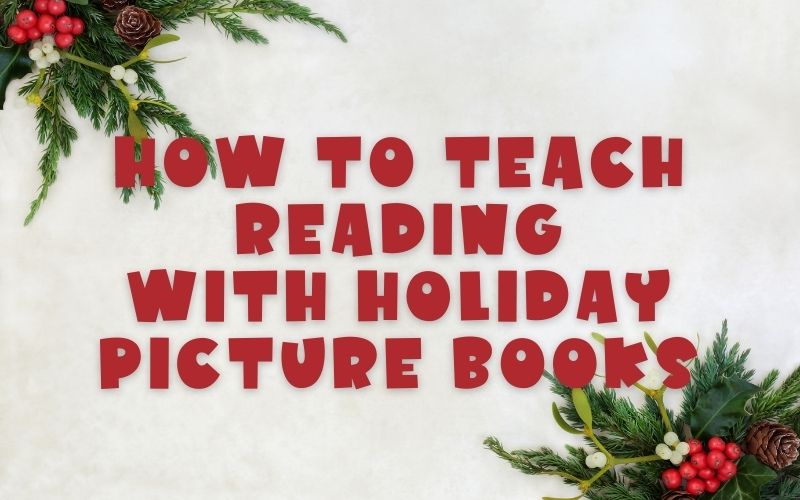



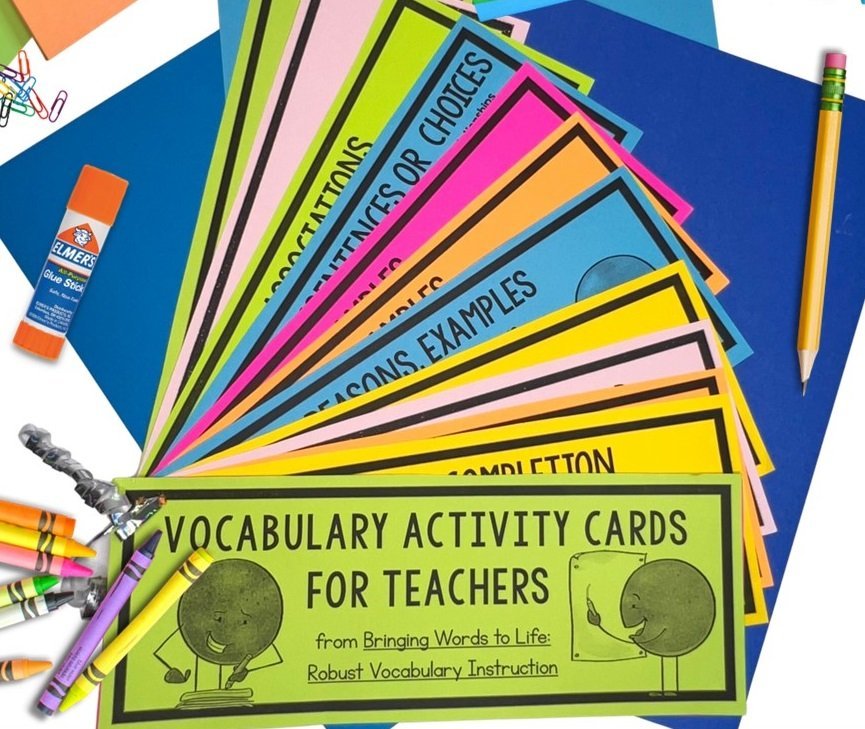
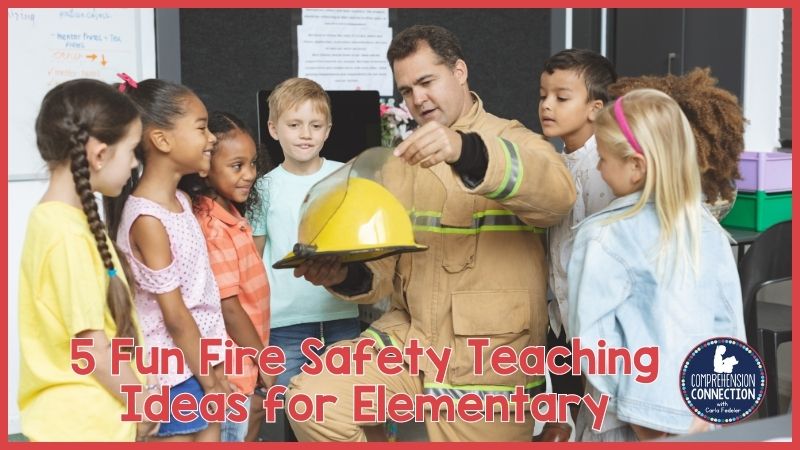

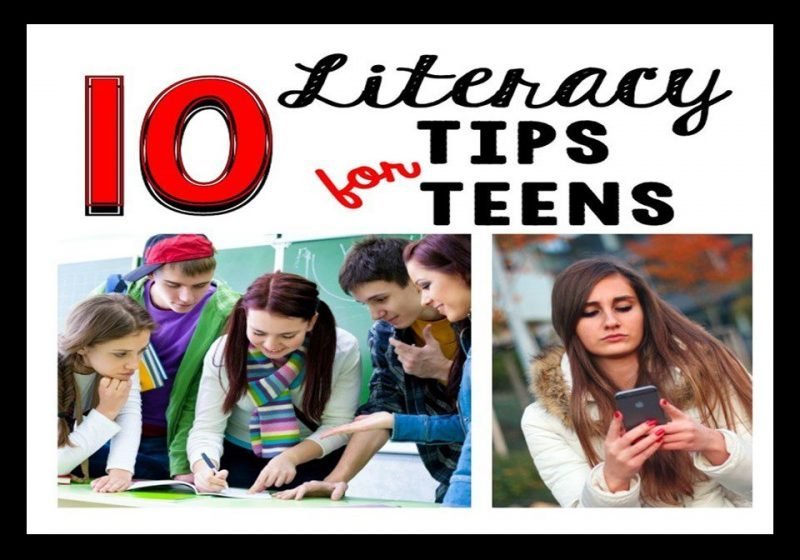
One Response
This was such a great blog post to read! Great tips for motivating my own "as-needed" reader! Thanks!
Friendly Froggies